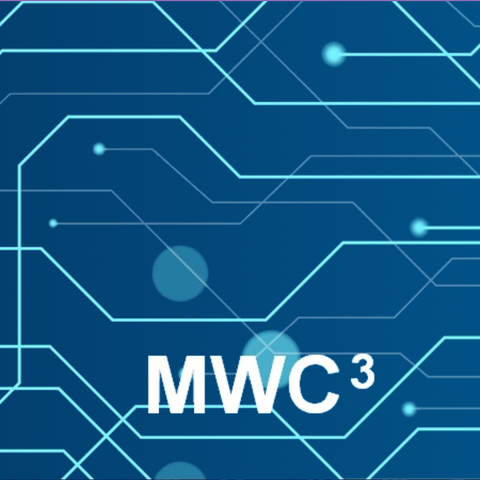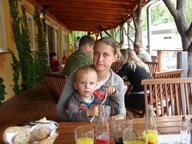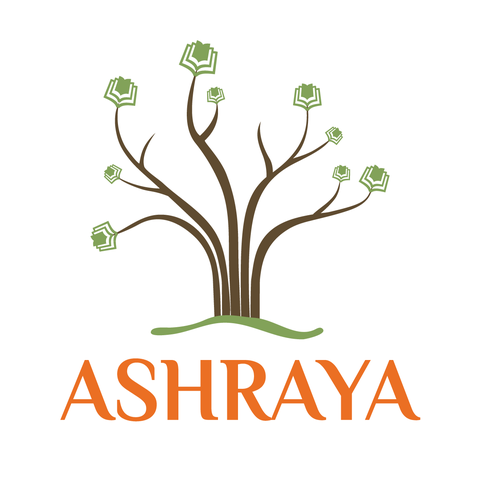
Ashraya Corp
ASHRAYA is a non-profit organization based in the US, established in 1991 with an aim to provide assistance to the physically challenged and rural communities.. ASHRAYA is an NGO providing assistance in education, vocational training & income generation to physically challenged & rural student communities in India. ASHRAYA is a non-profit organization based in the US, established in 1991 with an aim to provide assistance to the physically challenged and rural communities in India in the areas of education, vocational training and income generation. Our focus is on various challenges such as visual, aural, mobility, learning and rural poverty; and on different age groups, i.e. education for children, vocational training for teenagers and income generation for adults. We strive to use assistive technologies wherever feasible so as to increase sustainability and leverage. ASHRAYA is registered in the state of New Jersey (ASHRAYA Corp) and obtained tax exempt status from IRS (EIN 52-1791311) on Oct 14th, 1992. In the initial years, ASHRAYA provided services to select big and established India-based welfare organizations chiefly working in the disabilities sector such as NAB (Bombay), NAB (Chennai), BPA (Ahmedabad), Mobility India (Bangalore) and MP Blind Welfare Association (Indore). Over the last 10 years, our focus has shifted to providing services to smaller and more rural-based organizations. The following are the services we provide for free:1) Build and manage libraries in rural government schools focused on activity based learning2) Establish and run science clubs and nature clubs in rural government schools3) Fund innovative educational programs such as mobile science labs4) Establish and fund income generation and vocational training programs for the visually, physically and mentally challenged5) Supply educational aids for end users (e.g. educational materials and kits for rural children, braille typewriters, low vision aids, speech enhancement devices)6) Supply assistive-technologies and equipment towards the followinga)Talking Book production centers for the visually challenged (duplicating machines, recording systems)b) Centers of education (e.g. PCs, scanners, screen reader and speech recognition software for the visually challenged; mobile science labs for rural schools)

ICO
521791311
4
X (Twitter)
1
Address
Bellevue
Ashraya
From Social media
News about from their social media (Facebook and X).
Data about organisation
Educational Services and Schools - Other Category
Organisations with similar rank to Ashraya Corp in category Educational Services and Schools - Other

ASHRAYA is an NGO providing assistance in education, vocational training & income generation to physically challenged & rural student communities in India.
Bellevue
Organisations from Ashraya Corp

ASHRAYA is an NGO providing assistance in education, vocational training & income generation to physically challenged & rural student communities in India.
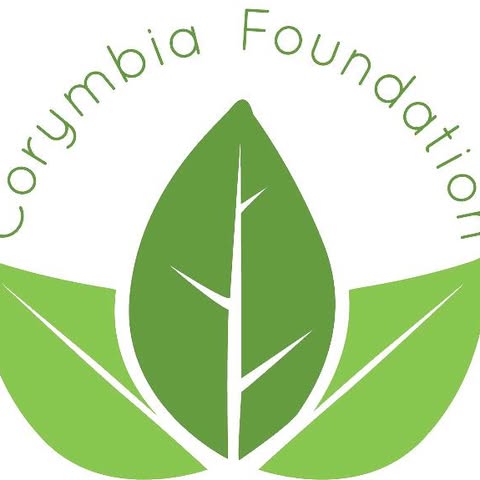
234. Corymbia Education Foundation
Corymbia Education Foundation is a program dedicated to promoting equal education in remote areas, most notably in the town of Suining, China.
Similar organisations
Similar organisations to Ashraya Corp based on mission, location, activites.
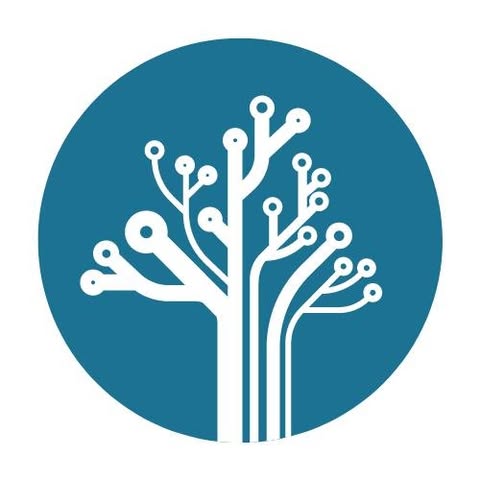
Getting Smart™ is a community passionate about innovations in learning.
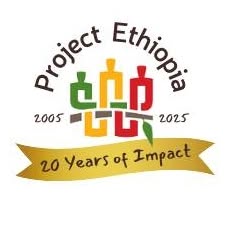
Project Ethiopia empowers villagers to implement & sustain economic, educational & health improvement.
Similar Organisations Worldwide
Organisations in the world similar to Ashraya Corp.

Aravanai helps empower underserved communities through Education, Entrepreneurship and Employment.
Interesting nearby
Interesting organisations close by to residence of Ashraya Corp

Empowering East King County through collaboration, connection, and lasting positive change.

ASHRAYA is an NGO providing assistance in education, vocational training & income generation to physically challenged & rural student communities in India.
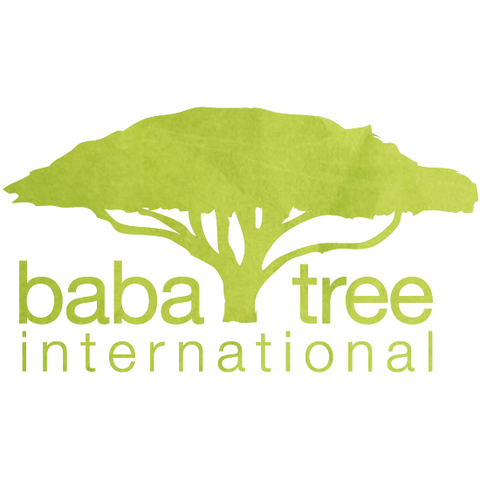
Baba Tree International supports young people to become leaders that embody both the consciousness and skills of nonviolence.
Similar social media (5)
Organisations with similar social media impact to Ashraya Corp

248338. The Academic and Athletic Alliance
The Academic and Athletic Alliance was founded in 1993 as a nonprofit 501 (c)(3) to create community.

ASHRAYA is an NGO providing assistance in education, vocational training & income generation to physically challenged & rural student communities in India.
Join us and make a difference for the future!
Sign Up
Please fill in your information. Everything is free, we might contact you with updates (but cancel any time!)
Sign in with GoogleOr
Good News
"🌟 Inspiring to see Fura Jóhannesdóttir, CCO at Interbrand, championing brave and human-centered design! Her leadership is a beacon of creativity during these changing times. Let's celebrate those who push boundaries and make the world a better place! #DesignForGood #Innovation"
Judge of the Day: Interbrand's Fura Jóhannesdóttir champions brave, human design
The Drum
Like Commentto raising awareness and supporting those affected by breast cancer. 🌸 Let's celebrate heroes like Mekialaya White who turn their battles into beautiful acts of generosity! Together, we can make a difference. 💖 #BreastCancerAwareness #Philanthropy #GoodNews
From patient to philanthropist: Breast cancer survivor now providing crucial financial support to Coloradans
CBS News
Like Comment

